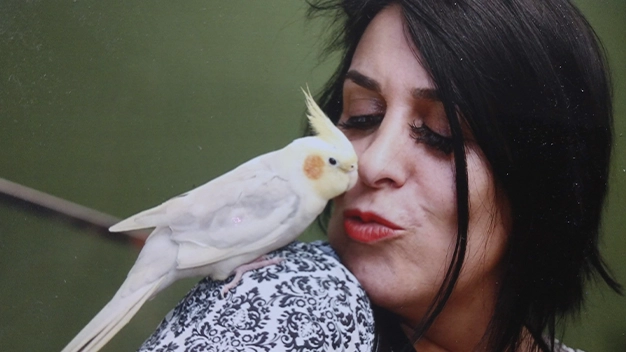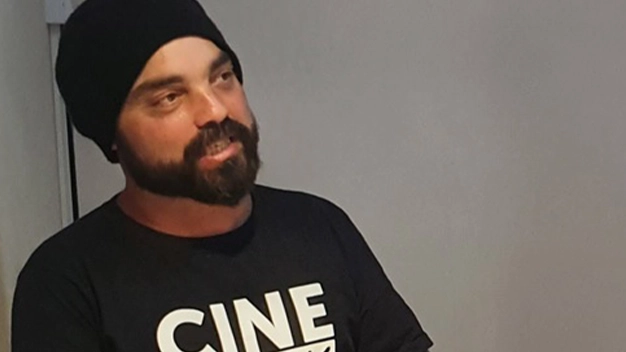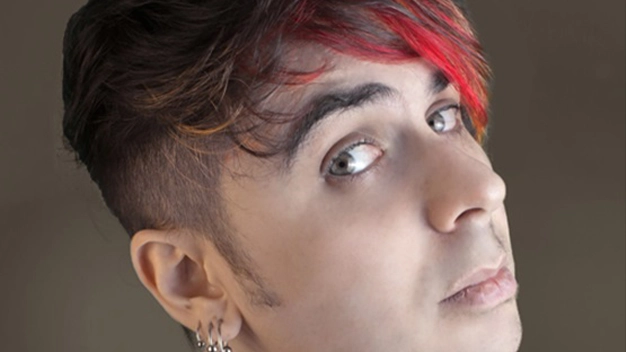PRODUÇÃO CULTURAL
Vinda de um extenso background na produção de eventos, a Mosaiky nasceu em 2015 voltada para os projetos culturais com foco social e ambiental. Com mais de 35 projetos concluídos e respaldados por incentivos federais, estaduais e municipais, se consolidou como uma marca que leva a arte a sério, com entregas 100% precisas para os seus incentivadores, sem deixar jamais as ideias inovadoras de lado.
Nosso portfólio inclui projetos próprios consolidados, que marcaram presença em diferentes regiões do Brasil, como o ZOO URBANO (12 edições), o Cine Rodas (8 edições) e o Grafitti #PraCegoVer.
PROJETOS
Explore a nossa galeria de projetos culturais e veja como colocamos em prática nossas ideias, que vão de pinturas, videoclipes, graffitis, esculturas, stop motions, exposições inteiras, até a sétima arte. Conecte-se com a arte em sua forma mais vibrante e autêntica!
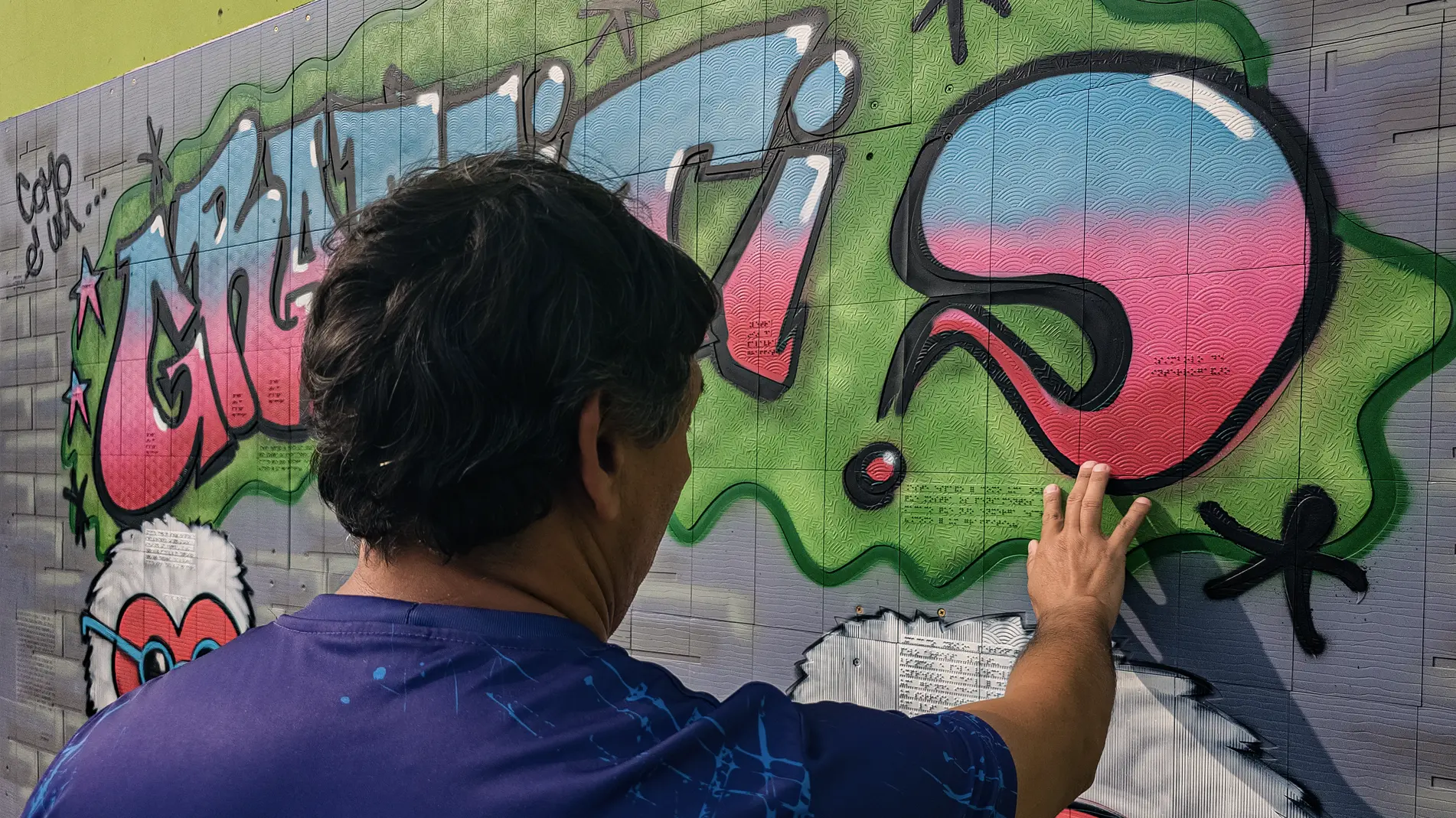

Eventos Inclusivos de Verdade
Destaque eventos acessíveis a todos, com linguagem de sinais, espaços acessíveis e materiais informativos adaptados

Sustentabilidade nas Obras
Enfoque em exposições de arte sustentável, promovendo artistas que usam materiais reciclados e abordam temas ambientais

Oficinas Eco-Art Inclusivas
Realize workshops que ensinem práticas artísticas sustentáveis, incentivando o uso de materiais ecológicos e inclusão

Experiências Sensoriais para Todos
Proporcione eventos inclusivos, explorando experiências artísticas para todos os sentidos e promovendo a inclusão

Colaborações Artísticas Engajadas
Parcerias com artistas comprometidos com a sustentabilidade e utilização de práticas eco-friendly

Eventos ao Ar Livre Sustentáveis
Organize eventos ao ar livre, conectando arte e natureza, adotando práticas sustentáveis e inclusivas na produção
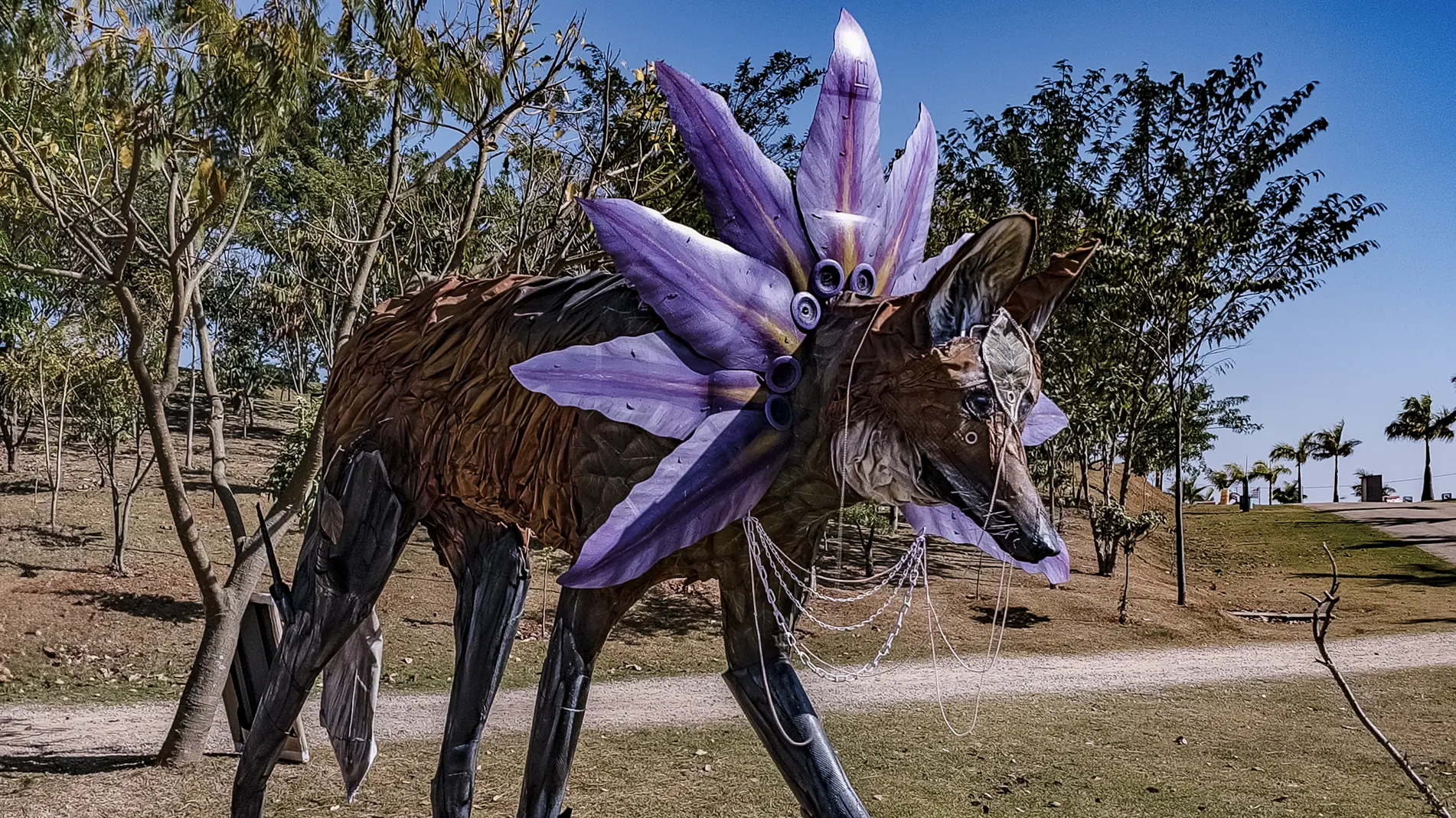
HUMANOS DE VERDADE
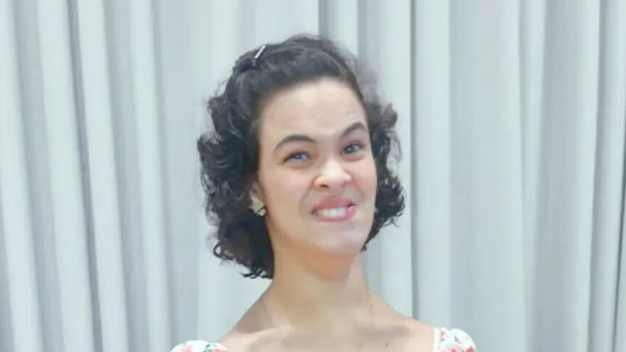
MARI CHAGAS
Colunista
